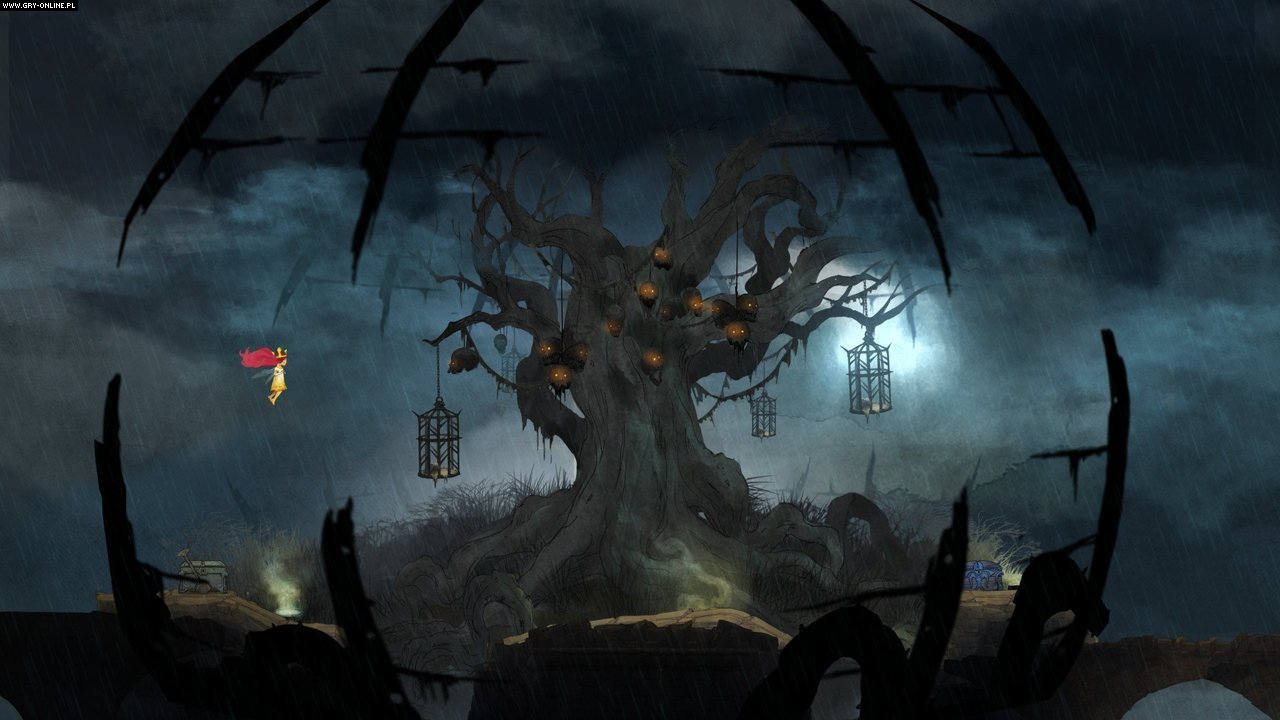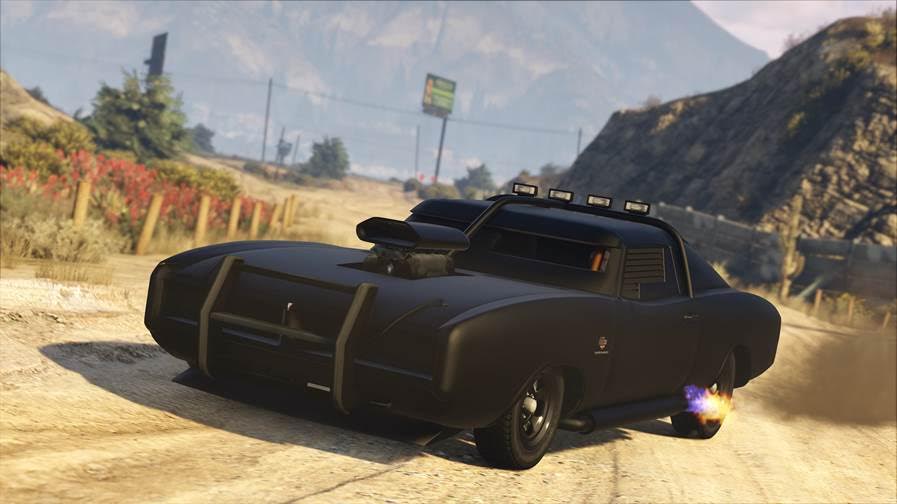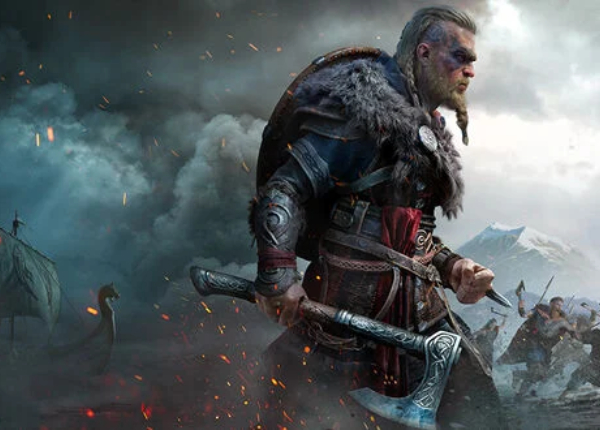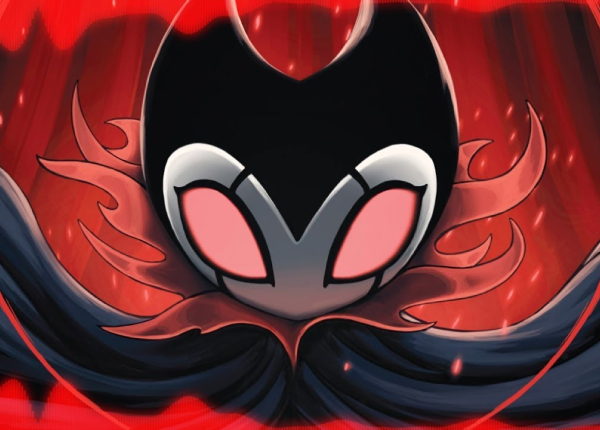Assassin’s Creed Odyssey beginner’s guide and tips
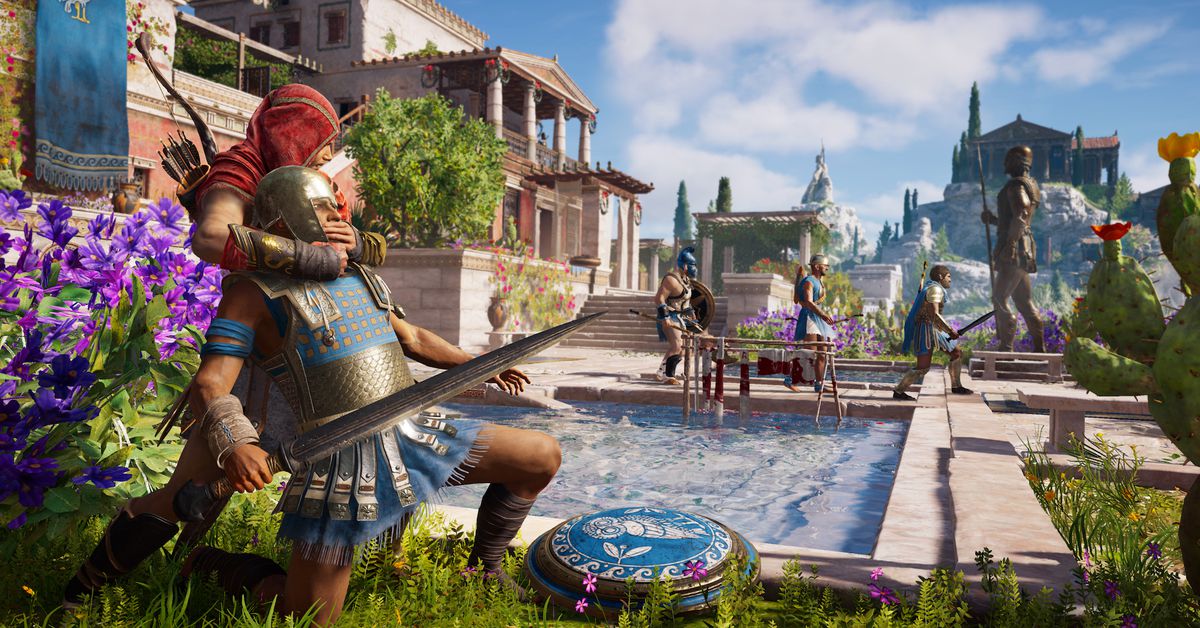
Assassin’s Creed Odyssey marks the franchise’s transition into a full-blown role-playing game. Yes, it incorporates many of the animations, mechanics and troupes established since the series’ first game, but moment-to-moment it behaves more like an RPG than … well, basically any of its predecessors (barring last year’s Origins — but it’s even more RPG than that one, too).
If you’ve played an Assassin’s Creed game before, some of your knowledge will carry over. But that knowledge can fool you. Our Assassin’s Creed Odyssey beginner’s guide will explain the gaps between what the series used to be and what it’s become in 2018.
Assassin’s Creed Odyssey is an RPG first …
… and an Assassin’s Creed game (a distant) second.
Forget a lot of what you know about Assassin’s Creed games, and you’ll acclimate to Odyssey much faster than we did.
We wrote it above (twice), but it’s worth repeating: Assassin’s Creed Odyssey is a role-playing game. You’re not just gaining levels to get more skills (though that’s a heck of a benefit). You’re leveling up to get more powerful, and you’re getting more powerful to take on stronger enemies and progress farther into the world.
:no_upscale()/cdn.vox-cdn.com/uploads/chorus_asset/file/13209939/Assassin_s_Creed_Odyssey_beginner_guide__0003_Layer_1.jpg)
Ubisoft via Polygon
If you find yourself wondering what in the world to do next, here’s some advice: Do anything that isn’t more than a level or so higher than your current level. The next Odyssey quest may be taunting you from the top of the menu, but you’re better off ignoring it until your levels are aligned. Go clear out a base or explore a question mark on your map. You’ll earn XP for finding new things, killing bad guys — basically for exploring and interacting with the world.
And there’s a whole lot of world to explore. A lot of it is gated behind level suggestions (see below), though. And that means that you should focus just as much (or more) on leveling yourself up as you are on progressing the story.
Level recommendations are not suggestions
It’s tempting to think that you can handle an enemy that is only one level higher than you — and then you deal one point of damage per swing and get murdered by the first hit you take.
That’s a (minor) exaggeration, but especially early in the game, those level recommendations are there to keep you alive. (Did we mention that Origins is an RPG?) You’re just not going to be able to stand up against an enemy that is a higher level than you are. You won’t even be able to assassinate an enemy if they’re too much higher than you. If Assassin’s Creed Odyssey recommends level 5, find something else to do and come back when you’re there.
Pay attention to an enemy’s health gauge when assassinating
There are three types of damage in Assassin’s Creed Odyssey — hunter (ranged), warrior (melee), and assassin (sneaky). For the most part, this doesn’t matter, and you won’t think about it. Damage is damage and when you deal enough, the bad guy falls down.
:no_upscale()/cdn.vox-cdn.com/uploads/chorus_asset/file/13209943/Assassin_s_Creed_Odyssey_beginner_guide__0002_Layer_2.jpg)
Ubisoft via Polygon
It does matter, though, when you’re trying to be sneaky. The game actually gives you a really big hint about how your attack will go. Look at your enemy’s health bar. When you aim a ranged weapon at an enemy or sneak up behind someone, a chunk of their health bar will turn red. That’s how much damage you’re about to do.
If you’re trying to stay hidden, be sure that you’re killing your enemy, rather than just wounding them. If that’s not an option, either choose a different target or wait until you’ve got better circumstances (for example, your target is alone) to pick this fight (more on fighting smart below).
There’s no wrong way to play
While there’s certainly an emphasis on being sneaky and assassinating people — it’s in the name, after all — you’ve got a ton of freedom when it comes to approaching Odyssey. From dialogue choices to branching mission paths to which nation-state to side with to which weapon to use, you’ve got options.
All of those choices can get a little (a lot) overwhelming. The first thing to remember is that no matter what you choose, you’re not wrong — there’s no single answer to any question or conundrum. The only thing you should worry about is what works for you and what you enjoy the most.
Quick save often
Assassin’s Creed Odyssey isn’t super generous with auto saves, and this can be annoying. Make a habit of saving before and after you do things that would make your eyes roll out of your head, off of the couch and onto the floor if you had to do them again (and possibly again and also maybe again we’re not bitter what?).
If you scout out a location with your bird, tagging enemies and treasure and loot, hop into the menu and (on a console) press up for a quick save. If you travel a long distance to raid a fort, quick save before you infiltrate. That way, if things go pear-shaped, you won’t have to run 478 meters across the map, toss out your bird and mark everything again. You can just walk a little bit and get on with the murdering.
Quick save is there and super accessible for a reason. Make using it a habit.
Fight smart
Fighting in Assassin’s Creed Odyssey isn’t terribly difficult one-on-one, but it becomes exponentially more difficult when you’re surrounded by enemies. As different as Odyssey may feel, it’s still an Assassin’s Creed game — with an emphasis on assassin-ing.
Eventually, you may be able to build an unstoppable Spartan warrior, but the first many, many hours favor discretion. Look for opportunities to take your enemies down stealthily. And if you find yourself outnumbered while you’re fighting, consider running.
:no_upscale()/cdn.vox-cdn.com/uploads/chorus_asset/file/13209965/2018_10_03_17.38.06_Screenshot.png)
Ubisoft via Polygon
Stealth, assassination, and ranged murder will give you a lot of control over most fights, but there are still going to be times when it comes down to a face-to-face brawl. There are three things you need to learn to make these fights easier (and less deadly).
- Dodge. It’s the simplest way to not get stabbed, and that makes it the most useful. If you time it right, you’ll get a brief bullet-time window where you can outmaneuver your enemy and dish out a light attack combo.
- Parry. Parrying is subtly a very, very powerful move. First, and most obviously, it prevents an attack from landing. But it also drops your attacker’s defenses (shield) and knocks back/down other nearby enemies.
- Learn the cues. Pulling off a parry or a flank requires you to mash the buttons at the right moment. Luckily, the game tells you when that moment is with a shining glint that appears on the end of your enemies’ weapons — wait for that sparkle, then make your move. There are also times when your enemy will glow red — this is an unblockable attack, so you just need to get out of the way.
Our two favorite abilities
All of the abilities you unlock as you level up will add some twist to your damage-dealing repertoire, so there’s no wrong answers here either — just match the abilities you choose to your style of play. Beyond that, at any point, you can just reset all of your ability points and start over.
There are, however, two abilities that we unequivocally recommend. They’re basically essential.
- Revelation — this is the bottom right Assassin skill. This gives you a radar-like ping that will mark all points of interest — mostly loot — in the nearby area. When you couple this with Ikaros’ airborne surveillance, you’ll be picking up all the loot you can carry.
:no_upscale()/cdn.vox-cdn.com/uploads/chorus_asset/file/13209947/Assassin_s_Creed_Odyssey_beginner_guide__0001_Layer_3.jpg)
Ubisoft via Polygon
- Shield Breaker — Warrior skill, second row up, right side. When an enemy has a shield — and a lot of them do — you have to break through their defenses before you can deal any damage. You can do that with a heavy attack, but those are slow and open you to counterattacks. You can do that with a parry or flank, but that means waiting for them to attack first. These work, but they only create an opening in the defense. They don’t solve the shield problem. The other, better option is the shield breaker ability. All you have to do is trigger the ability, and you’ll wrench the shield out of your enemy’s hands, hit them and anyone nearby with it, then toss it out of reach. This is the way to turn the tide in a fight.
Equipment is a constant dance
You’ve got eight (give or take) slot of equipment to manage, and each slot has multiple options across multiple levels for what to equip. It all depends on what you want to focus on — if you want fast, light weapons or heavy, slow weapons; if you want armor that boosts your punching or your sneaking; etc.
There’s just a constant deluge of gear — weapons and armor — as you play. You’ll get gear from looting around the world and from defeating enemies (or by buying it in the Ubisoft store). And that means that, for a lot of the game, you’re going to be swapping gear nearly constantly. You’ll get something better in a just a couple minutes, so there’s no point in growing attached to any one piece of kit.
:no_upscale()/cdn.vox-cdn.com/uploads/chorus_asset/file/13209951/Assassin_s_Creed_Odyssey_beginner_guide__0000_Layer_4.jpg)
Ubisoft via Polygon
There is, however, a mechanism that lets you upgrade any of your gear at a blacksmith so that it matches your current level. This is a way to keep all of your kit up to date — even if you haven’t found any better gear recently.
Upgrade smart
There are four categories of gear, based on rarity — common, rare, epic, and legendary. How much your gear costs to upgrade — in drachmae and resources — depends on the rarity. Upgrades for common gear are pretty cheap, while legendary upgrades are outrageously expensive.
This mean that you’re going to want to focus on keeping your common and rare gear leveled up first and only upgrade epic and legendary gear as a treat for yourself when you have some extra drachmae burning a hole in your pocket. Just remember that those gear upgrades aren’t going to last you long — so all that drachmae you spend is going to be mostly worthless in a matter of hours.
[ad_2]
Source link

